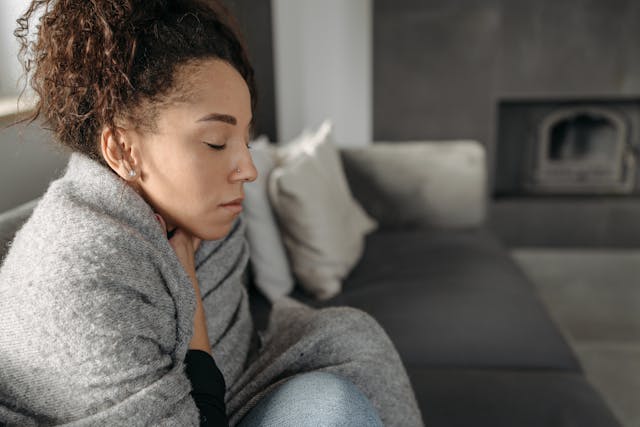Living with chronic pain can make everyday tasks challenging. By making evidence-based modifications and strategic adjustments, you can create a supportive environment that enhances your comfort and overall well-being. Research indicates that thoughtful home adaptations can have a significant impact on daily comfort and independence.
According to a comprehensive NIH study, around 21% of U.S. adults experience chronic pain, with 8% reporting high-impact chronic pain (HICP) that significantly limits their activities.
While medical treatments are essential for managing pain, the environment we live in can either worsen or alleviate our discomfort. Let's explore practical solutions for creating a more supportive living space.
Optimizing Your Living Space
Start by organizing your main living areas to create clear paths and easy access. Utilize adjustable-height surfaces and position seating near natural light sources. Consider installing motion-sensor lights and smart window coverings for added convenience. Making small changes to your layout can greatly improve your daily comfort and independence.
Effective Storage Solutions
Keep frequently used items at shoulder to hip height to reduce strain. Utilize pull-out drawers, rotating organizers, and voice-activated systems for easy access. For specific conditions like arthritis, back pain, or fibromyalgia, tailor your storage solutions to suit your needs.
Enhancing Comfort
Strategic cushioning and ergonomic accessories can make a significant difference in your comfort levels. Consider using programmable heated throws, supportive mattresses, and pressure-relieving cushions to address specific conditions. Adjustable beds and smart home features can also help in creating a more comfortable environment.
Creating a Supportive Environment
Control temperature and humidity levels using smart home technology to enhance comfort. Implementing practical steps for maintaining indoor air quality and utilizing zone heating can greatly improve your well-being. For conditions like neuropathy or migraines, precise temperature control and smart lighting systems can be beneficial.
Facilitating Movement
Designate a specific area for gentle exercise and incorporate adjustable height surfaces and grip bars for added security. Tailor your exercise routine to your specific condition, whether it's arthritis, back pain, or fibromyalgia. Consult with a physical therapist for personalized recommendations.
Establishing Daily Routines
Organize your daily necessities based on your pain patterns and energy levels. Create activity zones that flow naturally from one to another, incorporating calming elements for sensory stimulation. Use smart home automation to conserve energy and maintain consistent routines.
Moving Forward
Track your pain and activity levels to identify patterns and make targeted improvements. Focus on one area at a time and adjust your environment as needed. Each modification you make transforms your space into a sanctuary that supports your well-being. By creating a supportive environment, you can thrive despite living with chronic pain.
